 Everyone knows about Facebook and Twitter, and even the smallest business owners tend to feel like they have a pretty good idea what they are doing on the two biggest social media platforms. But, some social media isn’t as easy to understand as the two giants. Instagram poses an especially difficulty problem for many business owners, who haven’t been able to figure out how you can turn a pictures and hashtag only platform into brand building and customer outreach.
Everyone knows about Facebook and Twitter, and even the smallest business owners tend to feel like they have a pretty good idea what they are doing on the two biggest social media platforms. But, some social media isn’t as easy to understand as the two giants. Instagram poses an especially difficulty problem for many business owners, who haven’t been able to figure out how you can turn a pictures and hashtag only platform into brand building and customer outreach.
You can do just that, if you take the time to understand Instagram and who is using the site. Once you’ve gotten down the basic features, you’ll find yourself sharing pictures and videos to thousands of followers in no time. Alexandra Burnett has some tips to help you get started.
- Complete Your Profile – Just as in real life, first impressions matter. Your profile is your chance to leave a good first impression by showing viewers who you are and what you do. It also won’t ever hurt to include a link to your Facebook or Twitter page and website. This way, any prospective customers can easily find out more about what you offer.
- Find Your Customers – You should have a pretty good idea what your demographic is by this point. If you don’t, start basic by looking for those in your city (#Tulsa) or share interests relevant to your market (#soccer). These people are all prospective leads. It is up to you to look for them and interact with them.
- Be Engaging – Don’t be afraid to make the first move. Reach out to everyone you can. Tag others, talk to those who reach out to you, show support for your community, and use your location. Everything you can to flesh out your online identity will help reaffirm to your viewers that you are the real deal.
- Be Consistent, but Don’t Be Spammy – It is important to post regularly. If followers notice you haven’t been posting, they may be inclined to unfollow you. The catch is, you have to show some restraint. Any more than a few posts a day is overkill. Try to set a limit of 2-3 at most.
- Show Off Your Products – Everyone loves to window shop, and Instagram is a great platform for consumers to idly browse for things they like. Highlight new products, and show off your services. If users are following you, chances are they want to know more about your businesses and what you offer.
- Make It Personal – Humanize your business by showing off the people who make it all work. Introducing employees to the public puts a face to your brand and shows you care about everyone involved.

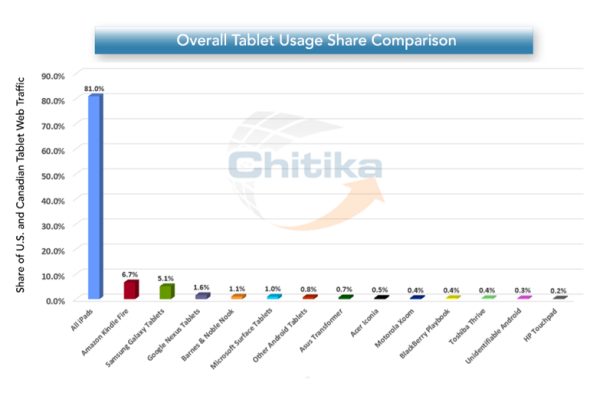

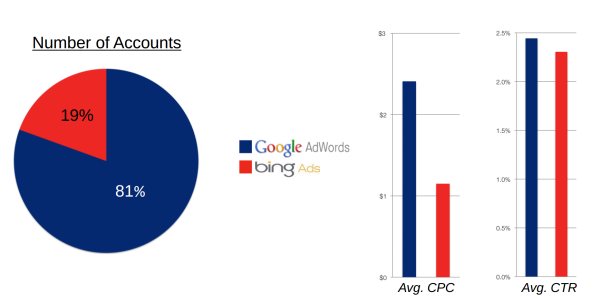
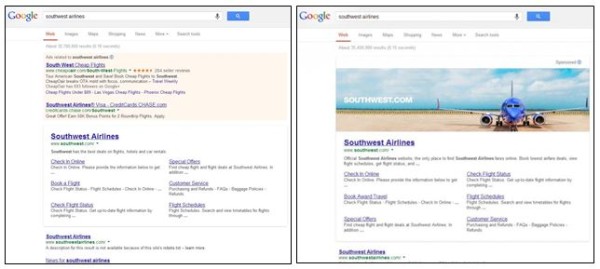
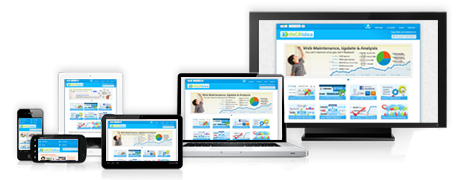
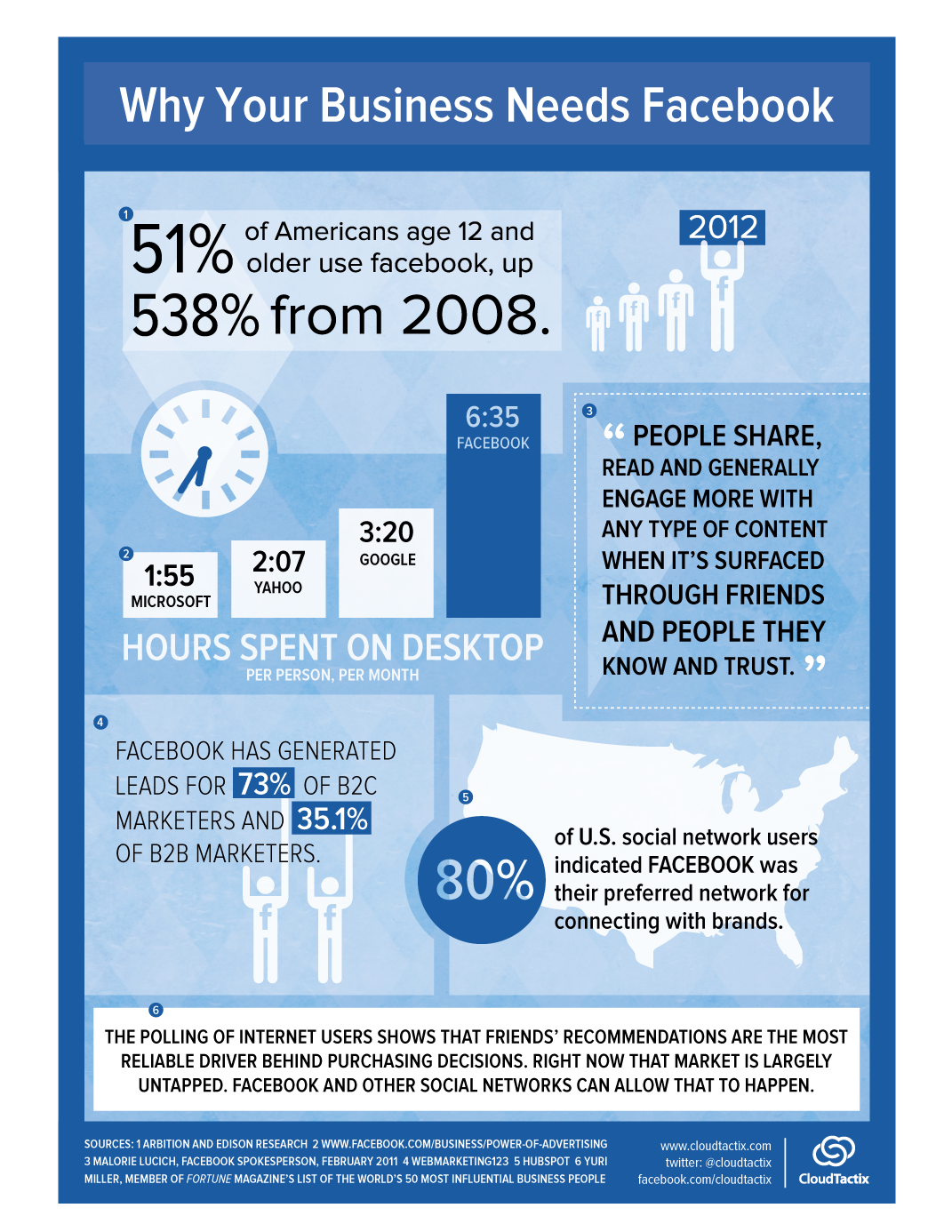
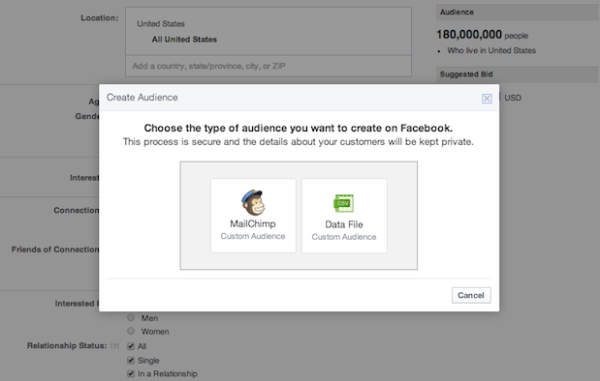
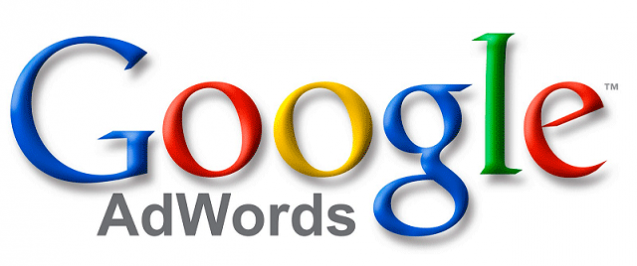 You might not have noticed, but AdWords is working a little different since an algorithm update was quietly introduced on Tuesday. For the most part, not much is different, but there is a notable change in the ad extensions are now working as a factor in determining as positioning.
You might not have noticed, but AdWords is working a little different since an algorithm update was quietly introduced on Tuesday. For the most part, not much is different, but there is a notable change in the ad extensions are now working as a factor in determining as positioning.

